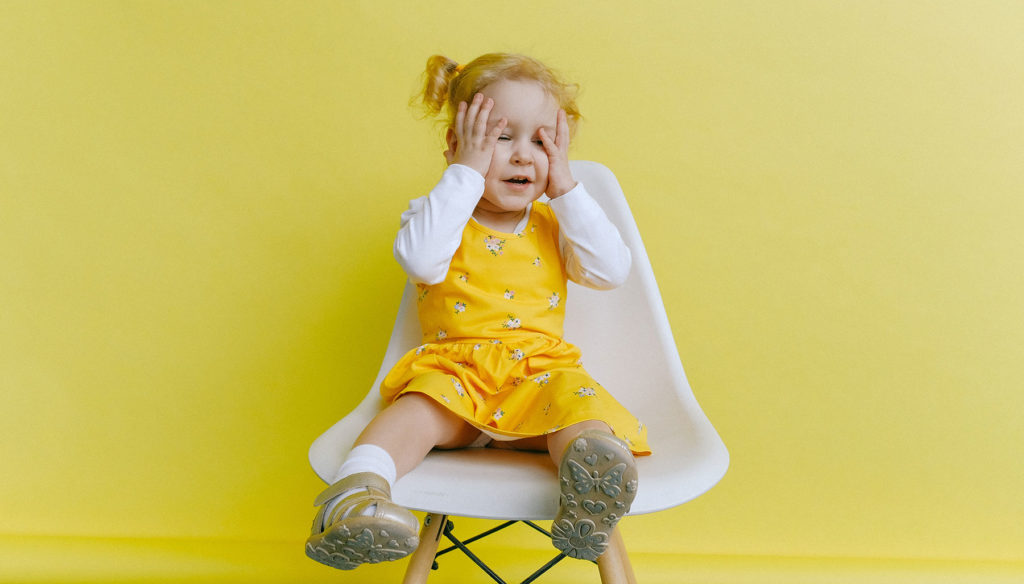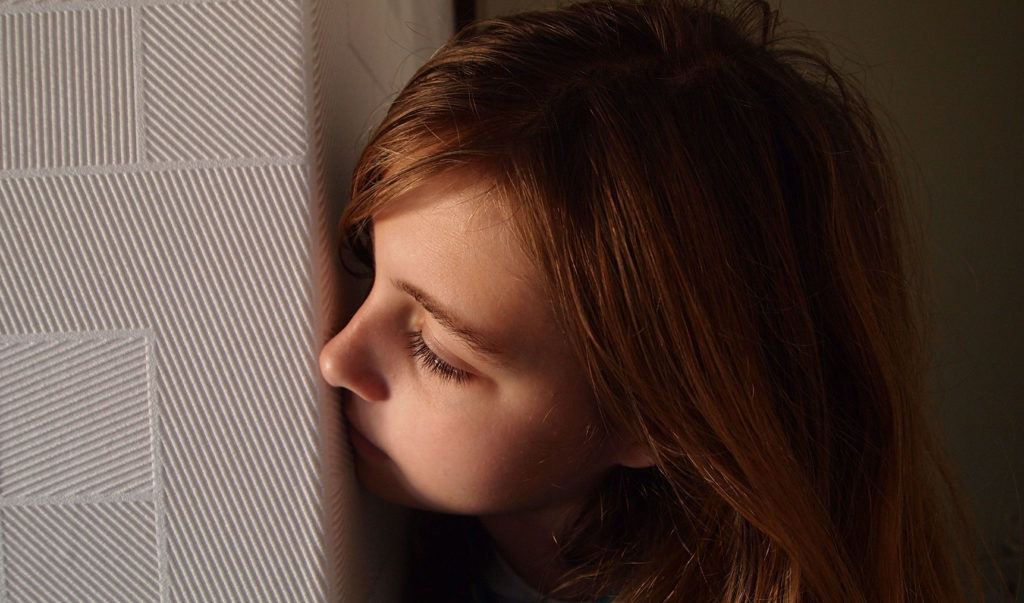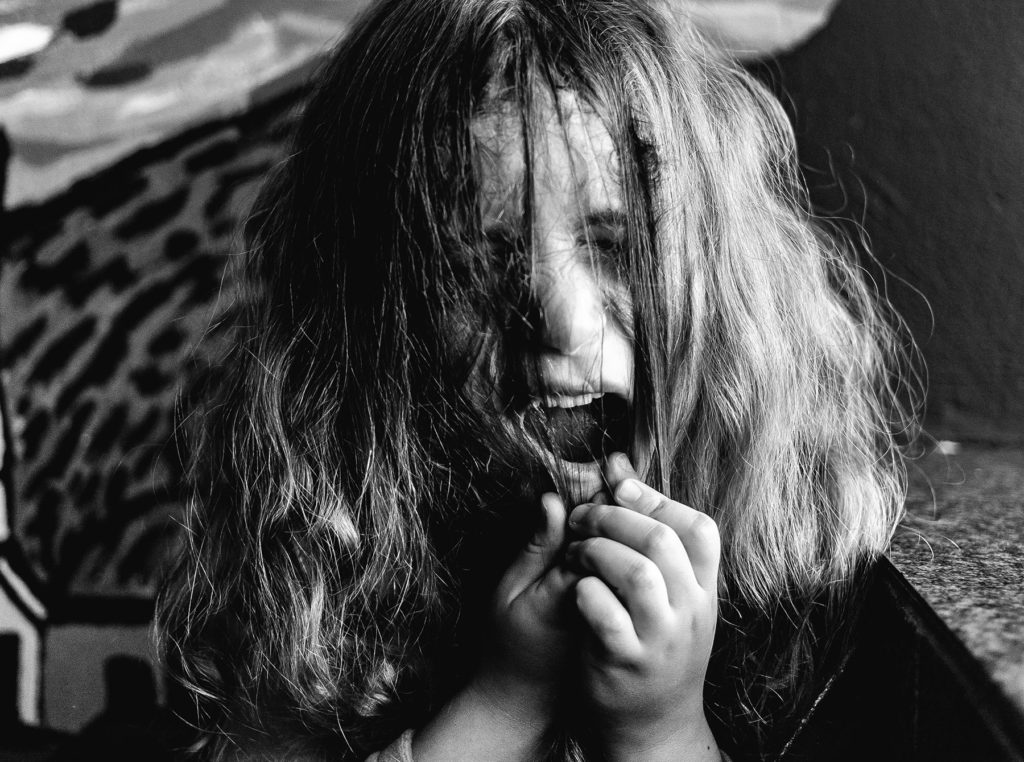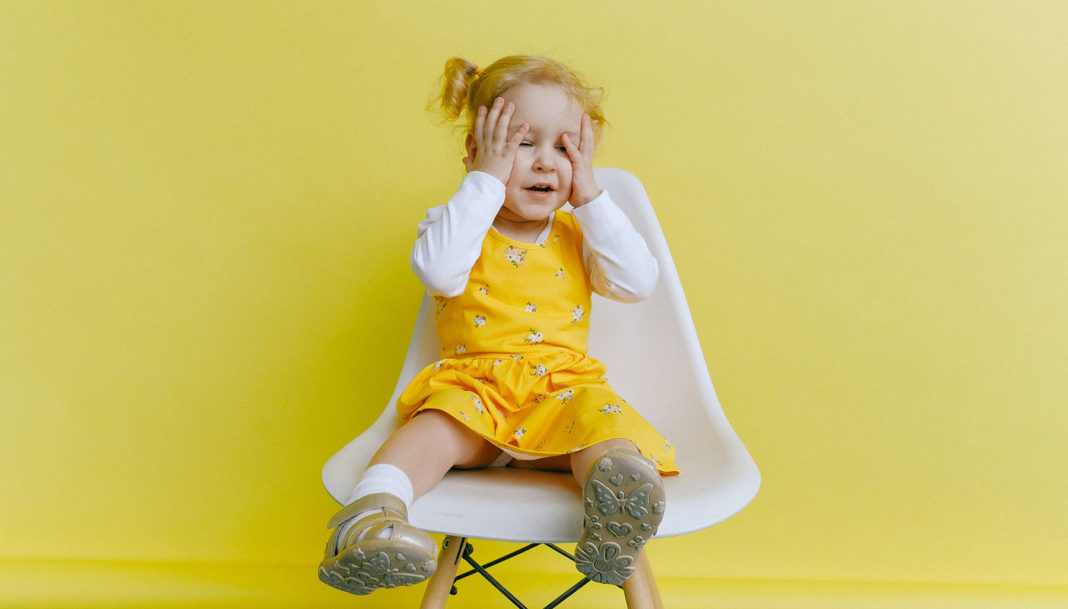There is no correlation between testified use of time-outs and damaging behavior in later years

Are time-outs needless experiences that only causes kids to feel deserted in their time of emotional crisis?
As with everything parenting, time-out has its debates. Some detractors say that time-out is needless and harsh and that the isolating experience only causes kids to feel deserted in their time of emotional crisis. Proponents of time-out, on the other hand, argue that giving your child space to calm down is supportive, not harmful.
While pediatricians and child development specialists ratify time-outs, critics are calling this age-old corrective tool to question. Perhaps to settle the argument, research does not find a link between time-outs and adverse side effects in kids, as recounted by ScienceDaily. According to the study, there is no correlation between testified use of time-outs and damaging behavior in later years, including depression, anxiety, aggression, internalizing, or externalizing issues.
Yet, both concerns are valuable and do not have to be at odds. The key is for parenting to be both controlled and nurturing, keeping in mind that discipline is about teaching desirable behavior, and not about punishment.
RELATED: Mom’s Time Out Trick Goes Viral On TikTok
Time-Out Blunders
Time-out has been getting a bad rep in the last few years, mainly because 85% of parents use the tool inappropriately, as stated by Academic Pediatrics, and the incorrect practice can hurt kids.
For time-outs to be effective, caregivers need to adjust the rules of time-outs to impart good decision-making skills and apply positive reinforcement. However, some of the mistakes that parents make when using time-out include:

Not Specifying The Behavior That Time-Out Will Be Used For
According to the CDC, time-outs are not used for all misconducts. The periods when time-out may be a good choice include when a child runs in the street or does something dangerous.
Also, the tool can be used when the child hurts another child, or when the child breaks an important family rule or disobeys his or her parent’s direct request after a warning.
Generally, the time-out should be part of a warm and loving relationship between a parent and his or her child. Therefore, if a parent ignores or treats his or her child badly, then time-out is used out of annoyance to punish rather than to correct behavior.

Using Time-Out As A Time For The Child To Reflect On What He Or She Did
Quite frankly, no child serving a time-out ever comes out feeling regretful about his or her misbehavior or vowing not to be naughty again.
Instead, a child is more indignant and bent on avoiding getting caught next time. Sometimes a child may even seek payback on the sibling or kid who got him or her into trouble.
Using Time-Out Correctly
As a rule of thumb, time-outs should be applied very specifically. Younger children between the ages of two and six are better served by time-outs, while older kids do well with the withdrawal of privileges.
Therefore, when using time-outs, caregivers should pick out one or two actions or behaviors – for instance, hitting and disobeying directions – and make it clear which broken rules will result in a timeout. While doing that, a parent should pay attention and praise good behavior to contrast with the time-out experience.
Likewise, because a parent is seeking to modify his or her child’s behavior, the parent should stipulate the rule, give one caution or warning, then set the expectations. Giving a warning early on gives the child the chance to make that decision. Once the parent gives out a warning and misconduct continues, time-out needs to follow instantly. Otherwise, the breaks would become mere threats.

Consistency is key. Once a parent initiates a time-out, the child cannot wiggle his or her way out, or suddenly agree to behave desirably to avoid the break. At this point, a way out will only serve to encourage inappropriate conduct. A parent may also want to introduce a less stimulating time-out spot, for the experience to be effective.
Additionally, while the child is taking a break to calm down, a parent needs to make sure that he or she is also keeping his or her emotions in check. That implies that the parent should avoid making ‘I told you so’ statements or yelling and criticizing.
Basically, a parent should state the misbehavior in a firm and calm tone while sending his or her child to time-out, and have a quick chat with the child, allowing the child to express his or her feelings to tone things down once the time-out is over.
NEXT: Time-Outs And 19 Other “Good” Parenting Tactics Experts Are Discouraging

Note: Pediatrician Tips is strictly a news and information website about pediatrics. It does not provide medical advice, diagnosis, or treatment. This content is not intended to be a substitute for professional medical advice, diagnosis, or treatment. Always seek the advice of your pediatrician, physician or another qualified health provider with any questions you may have regarding a medical condition for any person. Never disregard professional medical advice or delay in seeking it because of something you have read on this website. The opinions expressed in this column are not always those of Pediatrician Tips and are intended to spark discussion about issues pertaining to pediatrics and pediatricians.







